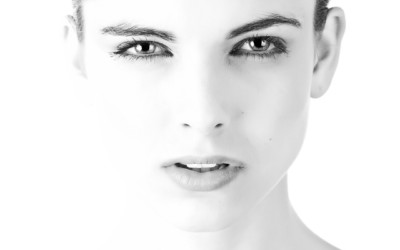Most intellectual property rights, like patents, designs and copyright are temporally limited. Trademarks, however, can exist without any time limitations. In fact, many of today’s famous trademarks have been registered already more than a hundred years ago. These include
- Coca-Cola (1892)
- Quaker (1895)
- John Deere (1897)
- Maizena (1876)
- Guinness (1876)
- Kodak (1891)
- Tiffany & Co (1893)
- Roche (1897)
- Heinz (1897)
- Quicksilver (1898)
Maintaining trademark rights
Trademark registrations can stay valid indefinitely, provided that they are renewed periodically (every ten years in almost all countries). Maintaining a trademark portfolio is relatively inexpensive, compared to patents and designs. In particular, patents require maintenance fees to be paid very frequently, in many countries annually. Also, the amounts are much higher than trademark renewal fees. For example, the maintenance fees for a 20 year period for patents (maximum a patent can stay in force) is USD 12,600 (USD 6,300 for small entities). Trademark maintenance fees for the same period are typically only one-tenth of that (around USD 1,000).
So once a trademark is registered, it’s maintenance is relatively inexpensive.
The most common reason for registrations to cease to exist is that they expire for lack of renewal. This might happen if the owner does not use the mark anymore, or the mark is used for different goods and services for which it was originally registered (in which case a new registration is needed).
There are also other ways to lose a trademark registration. The most common ones are that somebody seeks its cancellation for non-use or that it becomes a generic word.
If the owner does not use a trademark for five years (in some countries the time limit is three years) with respect of those goods for which the trademark is registered, others can have the trademark canceled. This happened famously for McDonald’s in January 2019, when an Irish company Supermac’s sough to cancel McDonald’s trademark BIG MAC in the EU. Astonishingly, McDonald’s failed to convince the European Intellectual Office (EUIPO) that it had, in fact, used trademark BIG MAC in the EU during the preceding five years, and the EUIPO ordered the trademark to be canceled for non-use. The decision has since been appealed.
Trademark rights can also be lost the trademark becomes generic. For example, trademark “Aspirin” (first registered in 1899 in Germany) has been declared invalid. Other famous trademarks that have become generic words during the course of time include “Escalator” (Otis Elevator Company), “Heroin” (Bayer) and Trampoline (Griswold-Nissen).
Although advertisers and some companies seem to believe that it is a pinnacle of success if a brand name becomes a generic term, in reality, it is just the opposite. It is a colossal failure to realize the vast investments that have been used to building a brand. Some companies, like the Velcro Companies, makers of hook and loop products, are fighting hard to make sure that their trademarks (in this case Velcro) do not become generic terms. Velcro even has a prominent section “Don’t say Velcro” on their website and they also made a music video “Don’t Say Velcro” that went viral on YouTube.
To prevent a trademark from becoming a generic term, it is important that it is not used as a generic noun or verb. It should only be used to indicate a commercial name of the product, not as a generic name of the product. Velcro is a commercial name of hook and loop products, it is not a synonym for hook and loop.
Conclusion
Here’s an easy list for keeping trademarks alive forever:
- Remember to renew them on time (every 10 years in most countries)
- Don’t use your trademark as a generic or descriptive term, or as a verb
- Don’t allow others to do that either



